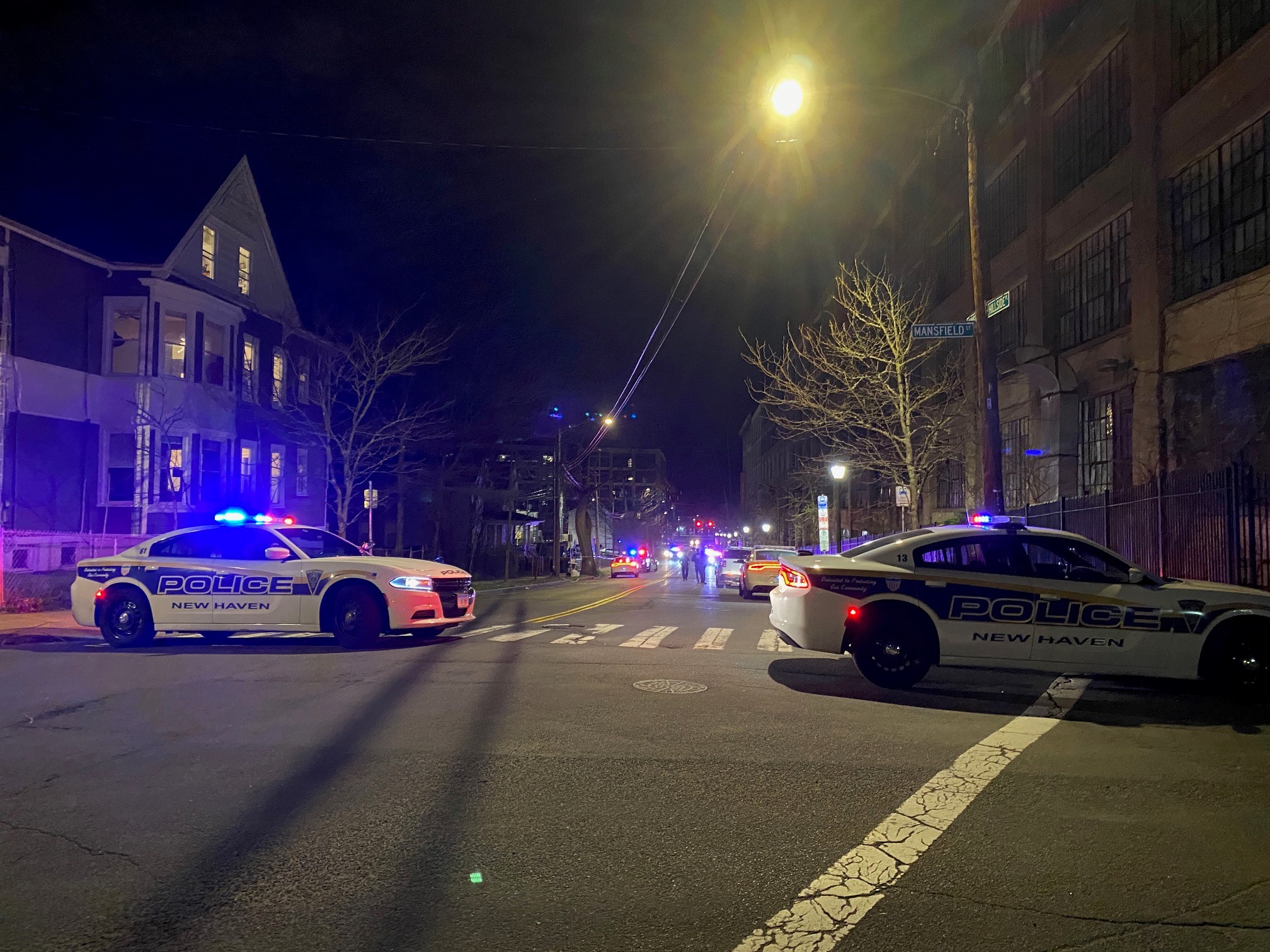Connecticut high school graduation rates increased last school year for the fourth consecutive year.
Connecticut's statewide graduation average increased by 0.7 percent in 2013 over 2012 and his risen by 3.7 since 2010.
Gov. Dannel P. Malloy and Stefan Pryor, the state's commissioner of education, view that a a sign that many gaps in the state's graduation rates are closing.
/* Style Definitions */ table.MsoNormalTable {mso-style-name:"Table Normal"; mso-tstyle-rowband-size:0; mso-tstyle-colband-size:0; mso-style-noshow:yes; mso-style-priority:99; mso-style-parent:""; mso-padding-alt:0in 5.4pt 0in 5.4pt; mso-para-margin:0in; mso-para-margin-bottom:.0001pt; mso-pagination:widow-orphan; font-size:10.0pt; font-family:"Times New Roman","serif";} "Four consecutive years of increases in the graduation rate is a great thing, one for which all of our teachers should be proud," Malloy said in a statement. "This combined with the fist-ever narrowing of our reading achievement gap is proof that when we invest in our children and our educators, we will achieve success. While we still have work to do, this is a clear sign that by equipping our schools and districts with additional resources, we are moving in the right direction." Normal 0 false false false EN-US X-NONE X-NONE MicrosoftInternetExplorer4
The most significant graduation rate improvements were a 7.7 percent jump for English language learners, a 7.6 percent increase for students with disabilities and 5.3 percent for students on free and reduced lunch.
The graduation rate gap between black and white students dropped by 4.3 percent to 21.5 percent, according to a news release. The gap between Hispanic and white students decreased by 3.5 percent to 14 percent. Gaps between "economically disadvantaged" students and affluent peers dropped by 4.5 percent to 17.5 percent.
“By focusing on our highest-need districts and partnering with our system’s stakeholders, we are closing Connecticut’s graduation gap and increasing our overall graduation rate,” Pryor said in a statement. “It’s critical that we enable more of our young people to complete high school — and to do so prepared for college, career, and life. When combined with our recent first-rate results on the national 12th-grade assessments, this increase in the graduation rate is a clear sign that our schools are making real progress. We thank our state’s teachers, administrators, parents and students for collaborating so successfully and making such strides. While we are proud of this accomplishment, we cannot rest on our laurels. Our graduation gaps are still too wide and much more work remains to be done. We must continue to work together in order to provide all our students, regardless of zip code or family wealth, with an education that readies them for lifelong success.”
Local
The state of Connecticut has provided $125 million more in the past three years for Alliance District funding to 30 of the state's lowest-performing schools in efforts to improve them.
“Progress in closing the achievement gap and increasing graduation rates in our state is a testament to the commitment of teachers, paraprofessionals, and all public school employees to their students,” American Federation of Teachers (AFT) Connecticut President Melodie Peters said in a statement. “It’s particularly important to acknowledge their work toward achieving equity and equality in public education. These latest measurements demonstrate how, despite tough odds and significant challenges, teachers are reaching students with special needs, English language learners, and those facing economic disadvantages. Educators at every level deserve recognition and the utmost respect for their tireless efforts to make a difference in the lives of their students.”
Dr. Joseph Cirasuolo, executive director of Connecticut Association of Public School Superintendents (CAPSS), said in a statement that a "remarkably high percentage of the state’s prison population is composed of high school dropouts,” so the increase in graduation rate is a sign the state is doing "a better job of meeting our economic, social and moral obligation to our students.”
The full documentation analyzing graduation rates over the past four years is available on the state Department of Education's website .



